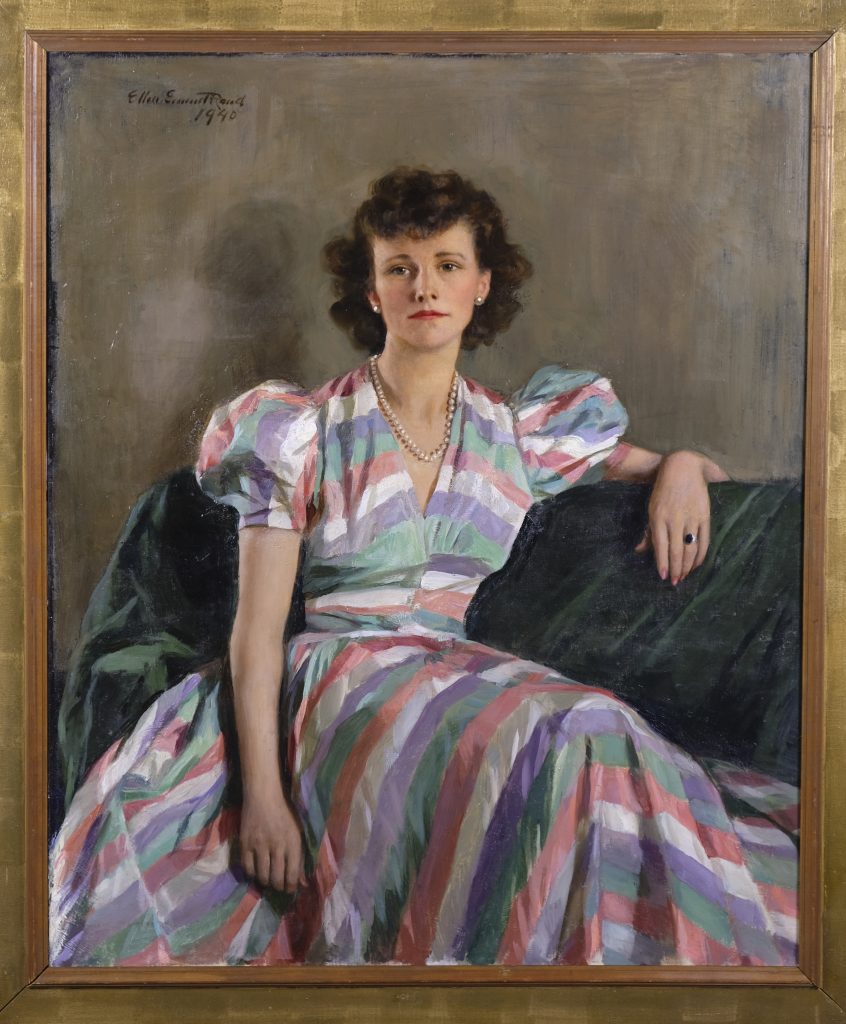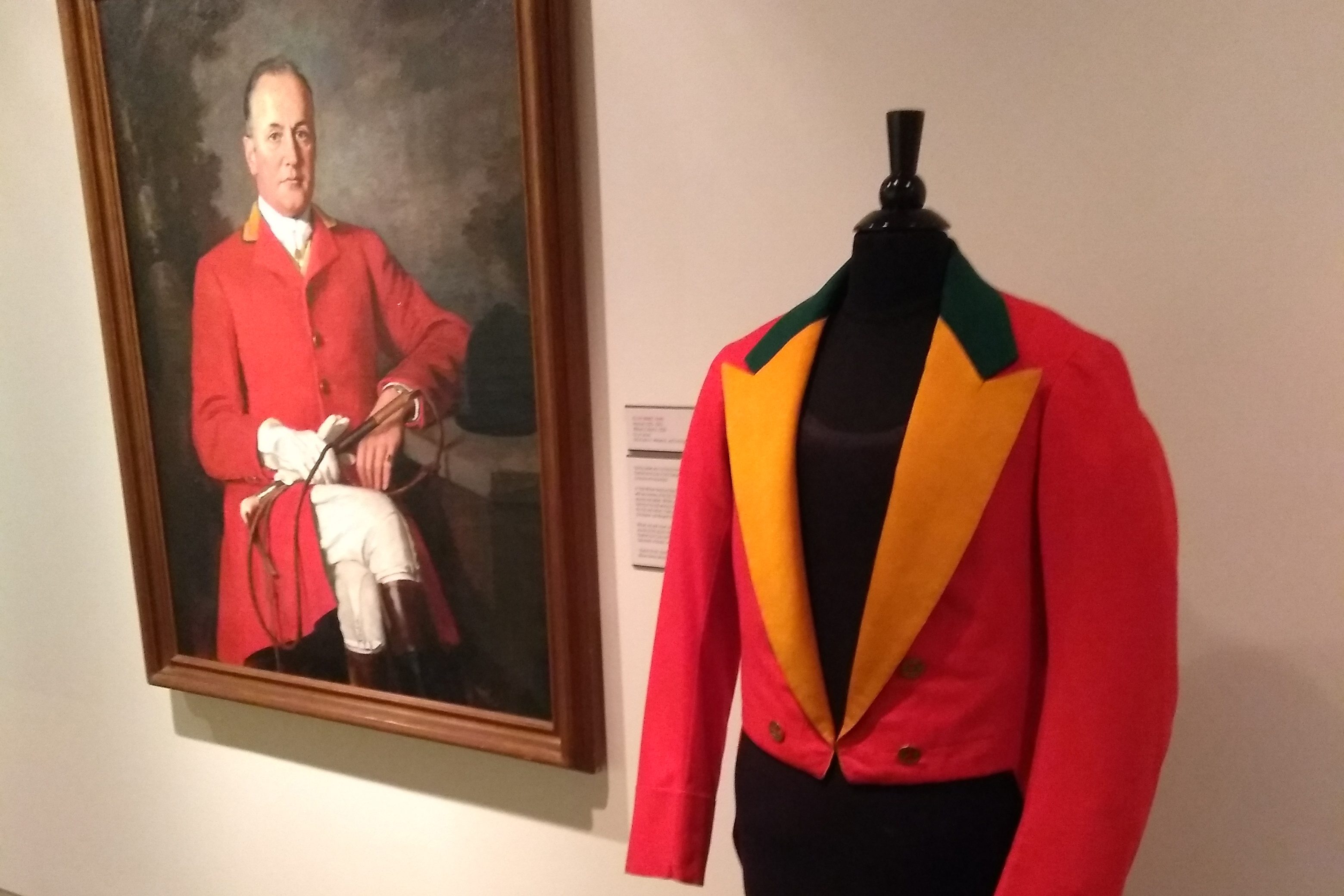The Benton Museum of Art is featuring a major exhibition of one of America’s most prolific portrait painters – Ellen Emmet Rand, who lived in Salisbury, Connecticut, and did most of her painting in her New York City studio. The exhibit is titled “The Business of Bodies: Ellen Emmet Rand and the Persuasion of Portraiture.”

The exhibit features a collection of oil paintings, drawings, and photographs from the Benton’s permanent collection of Rand’s portraits, as well as some borrowed from museums and private collections across the country. It explores both the artist’s work and the business of painting portraits. Rand created more than 800 portraits, and the Benton owns 38 of the paintings. Twenty-three of those are among the 59 original works on display in the exhibit.
Rand began her career as an illustrator for Vogue, Harper’s Bazaar, and Harper’s Weekly. As a portrait artist, she secured commissions from business leaders, society women, politicians, professors, lawyers, and scientists.
“If there was anybody in the 1920s, ’30s, and ’40s who was rich enough and important enough and famous enough to sit for her, they did,” says art and art history professor Alexis Boylan, who curated “The Business of Bodies” exhibition.
Rand was also the first of just two women to paint an American president when Franklin Delano Roosevelt sat for a portrait that has an interesting story attached to it.
Hear that story and more in a UConn360 podcast interview with Boylan, recorded at the Benton Museum:
For full episodes of the UConn 360 podcast, visit uconn.edu/uconn360-podcast.
The Benton is open Tuesday through Friday from 10 a.m. to 4:30 p.m., and weekends from 1 to 4:30 p.m. Note: During winter break, the Benton will be closed from Dec. 16 and reopen Jan. 15.



